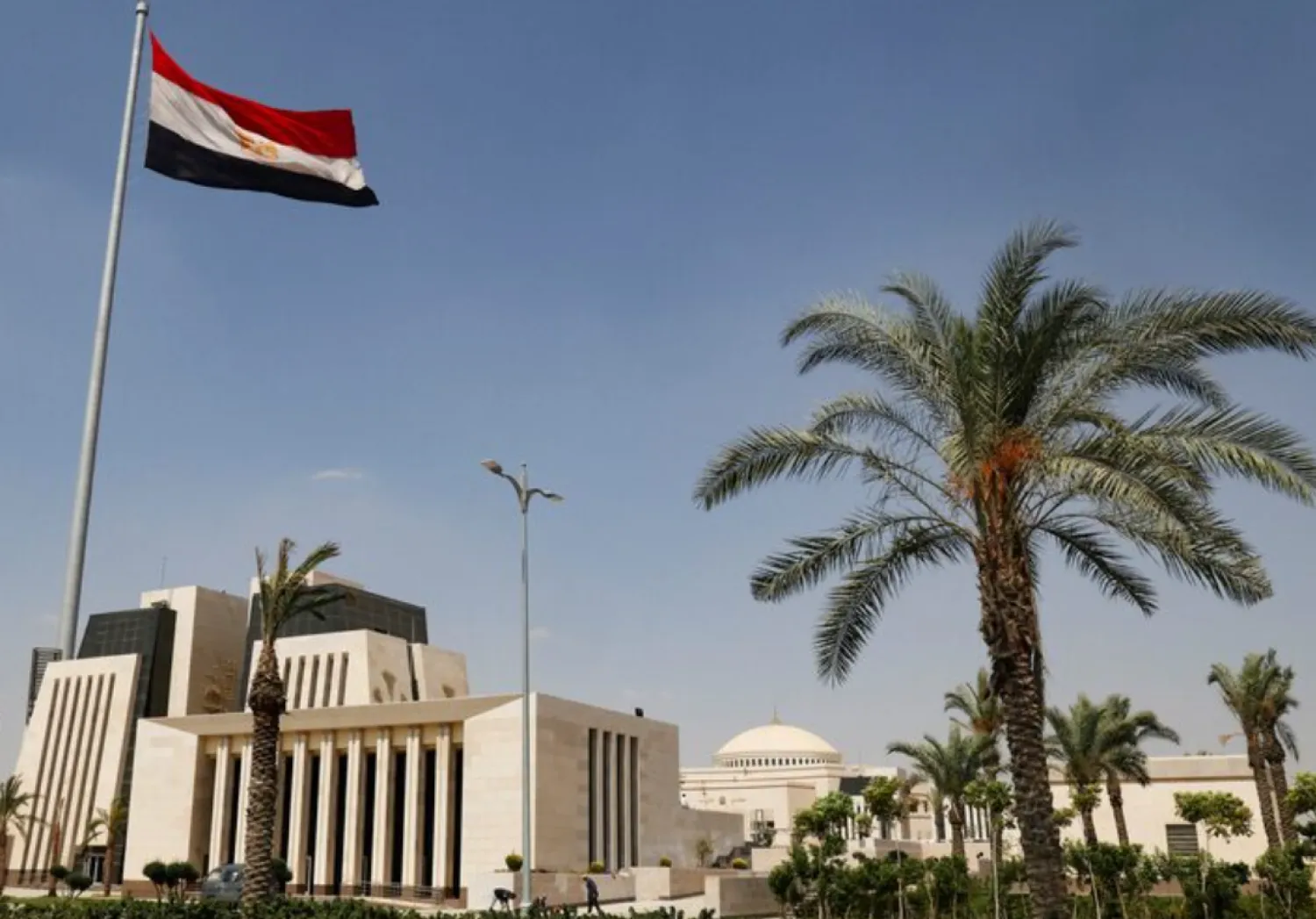Operational revenues of tourism-related activities in Saudi Arabia amounted to $56.8 million in 2021, a 70.8 percent increase compared with 2020, revealed the General Authority for Statistics (GAStat).
The Authority said the increase included all distinctive tourism activities. The revenues from accommodation for visitors accounted for 33.2 percent and food and drink made up 29.9 percent of the total figure.
Operational expenses
Total operating expenses of tourism-related activities reached $29.9 million, an increase of 92.2 percent from 2020.
Operational expenses related to accommodation represented 31.6 percent and food and beverage related operations accounted for 29.7 percent of total operational expenses.
Administrative data from the Ministry of Tourism showed that the annual occupancy rate in hotel rooms reached 42.1 percent in 2021.
During December, the Kingdom witnessed the highest monthly occupancy rate at 53.3 percent. The annual occupancy rate of furnished housing units stood at 49.3 percent in 2021. The highest monthly occupancy rate was 55 percent.
Number of employees
The General Authority revealed that the number of workers in tourism-related activities reached 767,819 during 2021, including 516,382 in the food and beverage sector and 101,861 in accommodation sector.
The sectors employed 81 percent of the workforce in tourism-related activities. Saudi workers accounted for 26.8 percent of the workforce, with males making up 58.1 percent of the total and females 41.9 percent.
During the first quarter of 2023, the Kingdom received about 7.8 million international tourists, the highest historical quarterly performance, and marking a growth of 64 percent compared to the same period in 2019.
Saudi Arabia occupied second place on the list of the most developed countries worldwide, according to the latest data from the UN World Tourism Organization (UNWTO).
The Kingdom advanced 16 places in the International Tourism Revenue Index, reaching 11th place in 2022, compared to 27th place in 2019, according to the World Tourism Barometer report issued by the UNWTO in May 2023.







